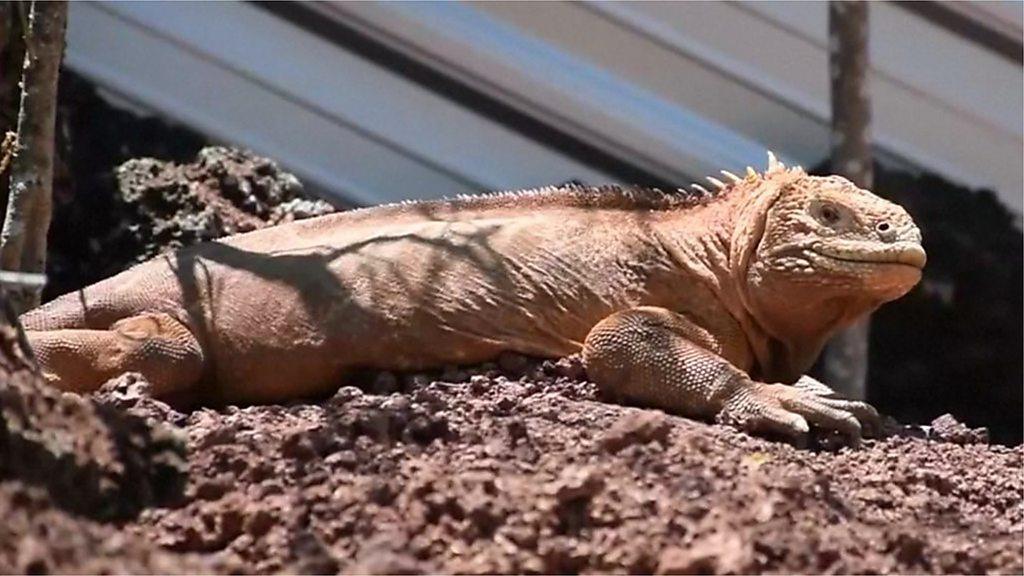Angry birds: Scientists find these warblers have road rage
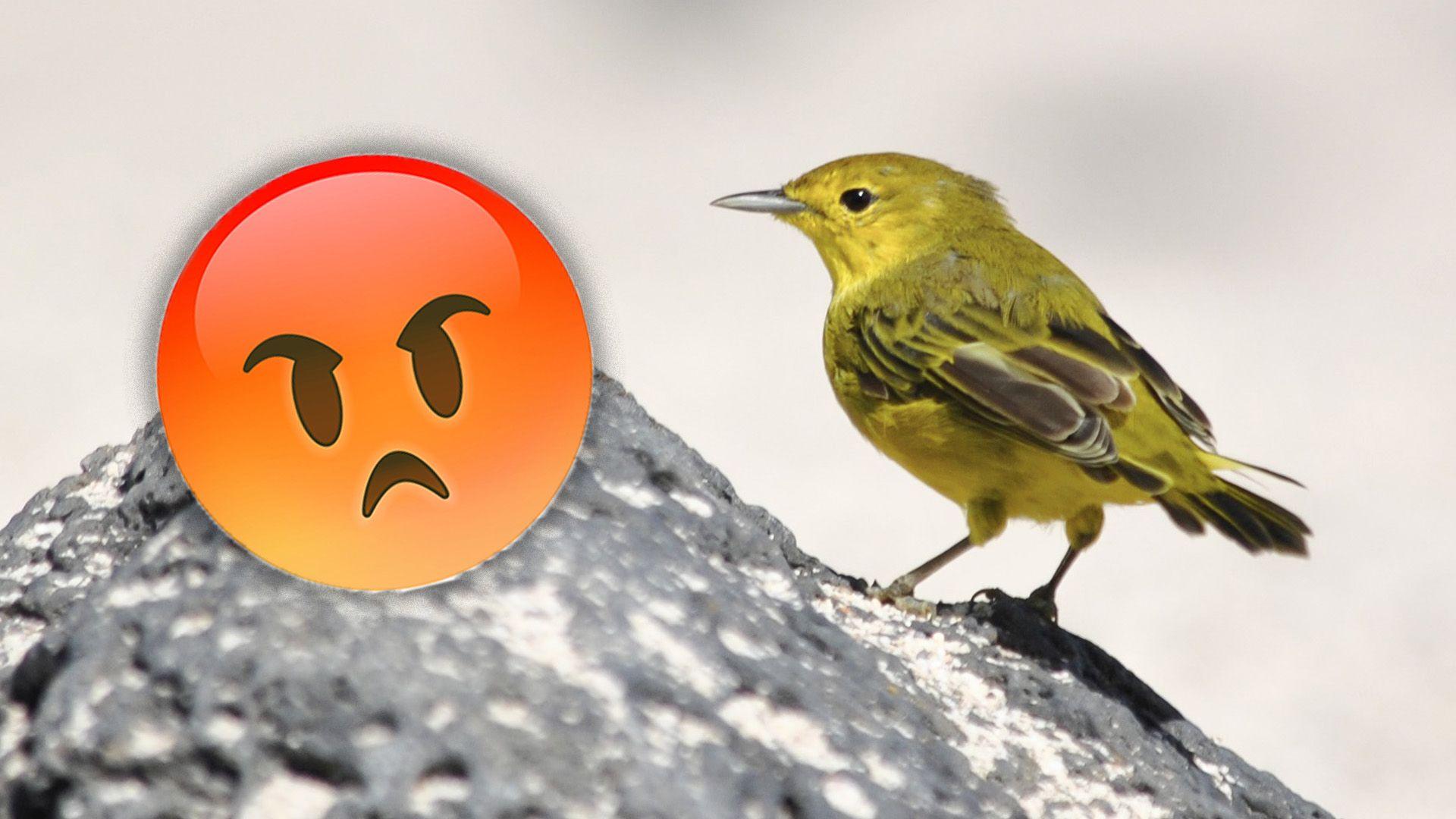
- Published
Have you ever heard of birds with road rage?
A new study has found Galapagos yellow warblers are more aggressive if they live closer to a road and are exposed to more noise.
Researchers from Anglia Ruskin University and the University of Sienna also found the warblers are trying to cope with noise by changing their song so it can be heard over traffic.
Dr Caglar Akcay, one of the scientists on the project said: "Our study highlights the significant impact of human activities on wildlife bahviour, even in relatively remote locations such as the Galapagos Islands.
More stories about birds
- Published18 March
- Published5 March
- Published26 February
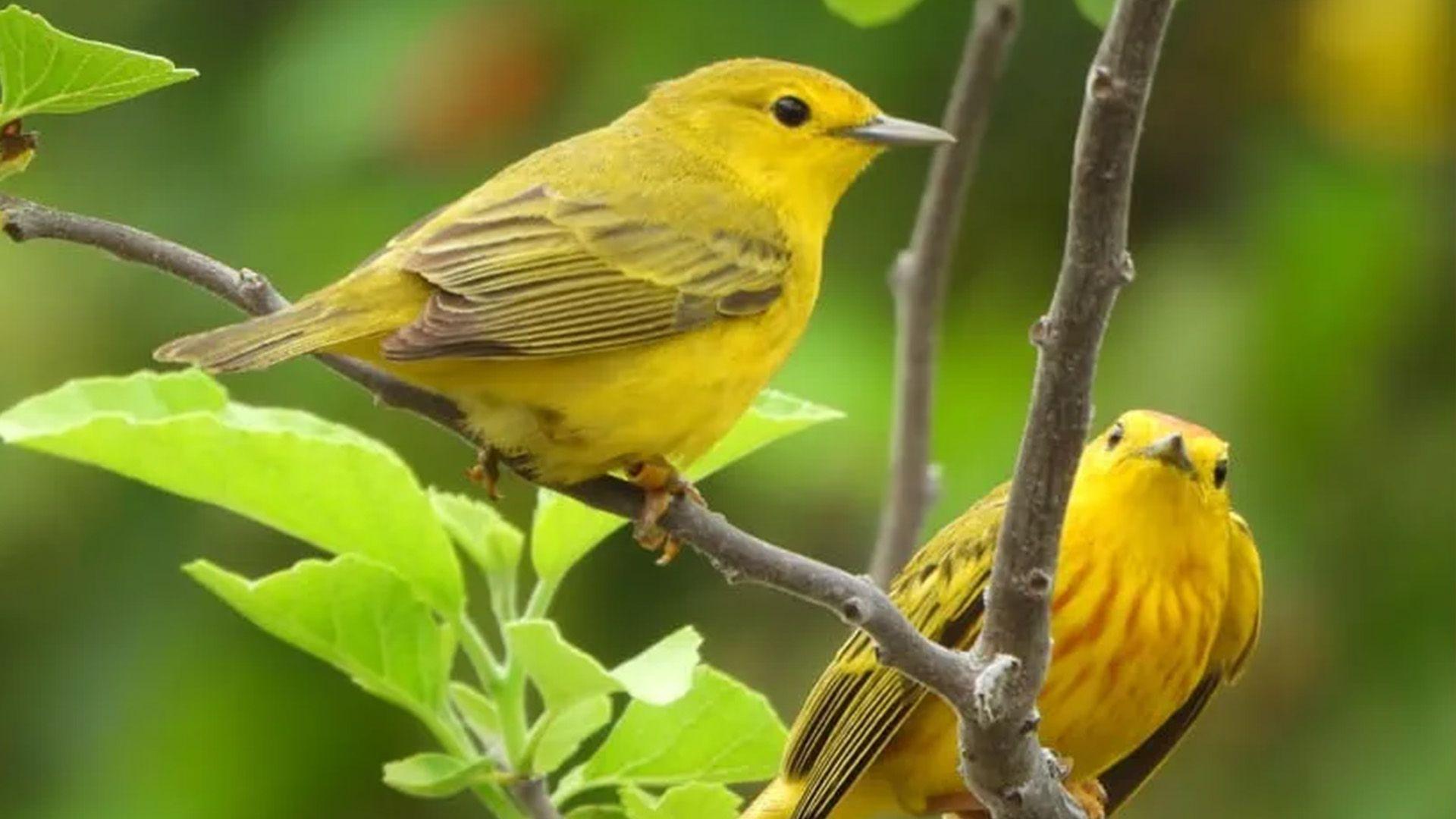
Researchers visited 38 locations where Galapagos yellow warblers are commonly found.
Of them, 20 sites were within 50 metres of the road while 18 were more than 100 metres away.
They played bird songs that sound like an intruder to the yellow warbler as well as recorded traffic noise in each of these locations and looked at the warblers' behaviour.
The scientists then recorded which songs the yellow warblers sang in response to the sounds along with observing any aggression.
They found Galapagos yellow warblers living closer to the roadside showed more aggressive behaviours like approaching the speaker closely and flying across it over and over again.
Warblers further away from the road showed less aggression.
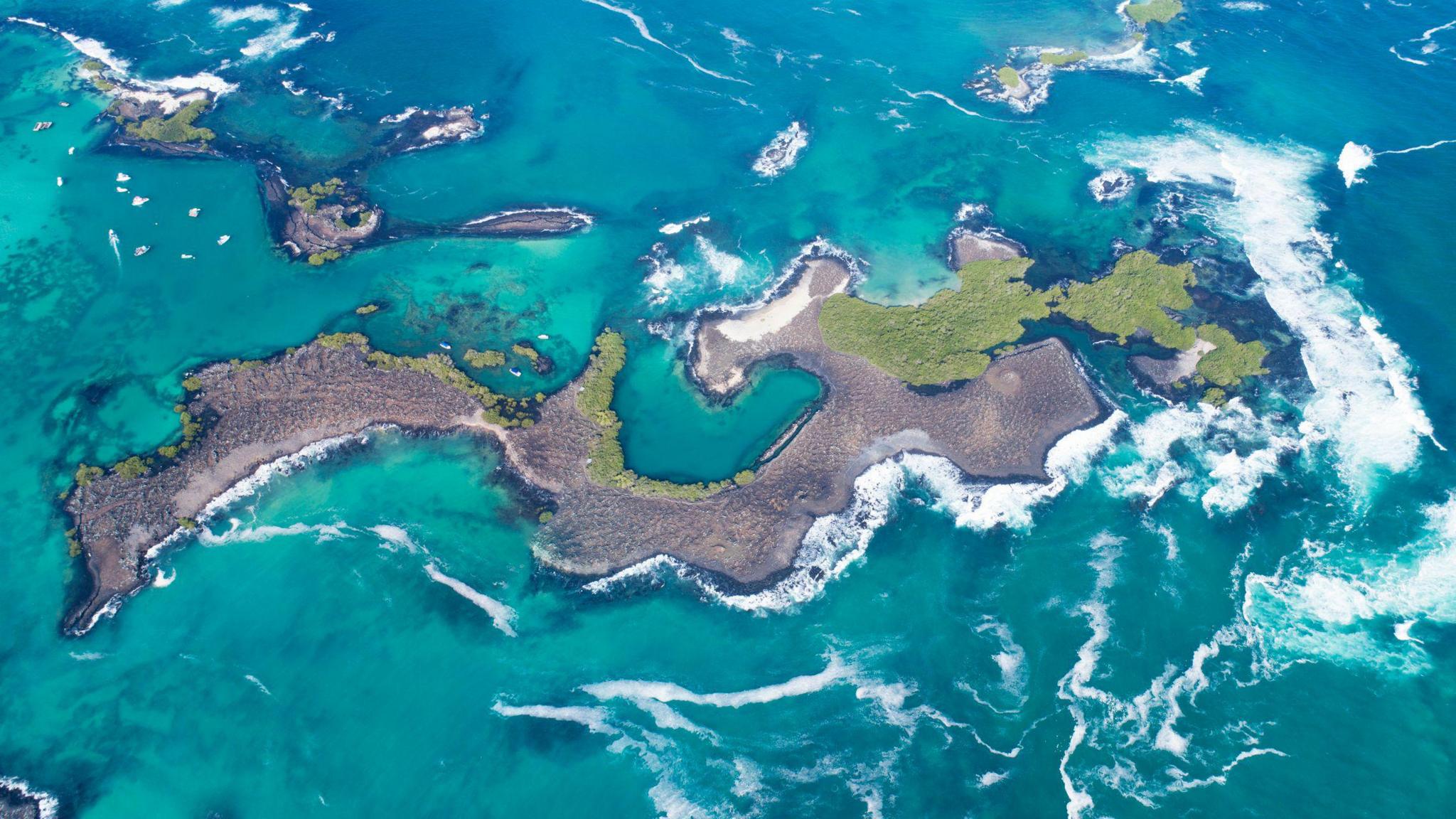
The Galapagos Islands are found 600 miles off the coast of Ecuador.
The volcanic islands are famous for being home to animals that can't be found anywhere else in the world.
They're also historically significant.
Charles Darwin came up with the theory of evolution when he visited the islands back in 1835.
You can learn even more about the Galapagos Islands on BBC Bitesize.
More from the Galapagos
- Published15 March 2022
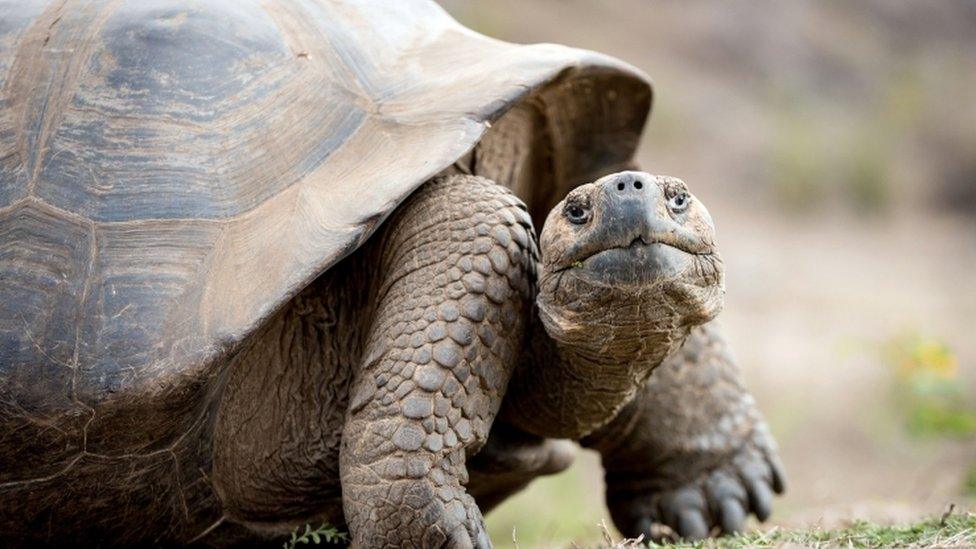
- Published23 April 2023
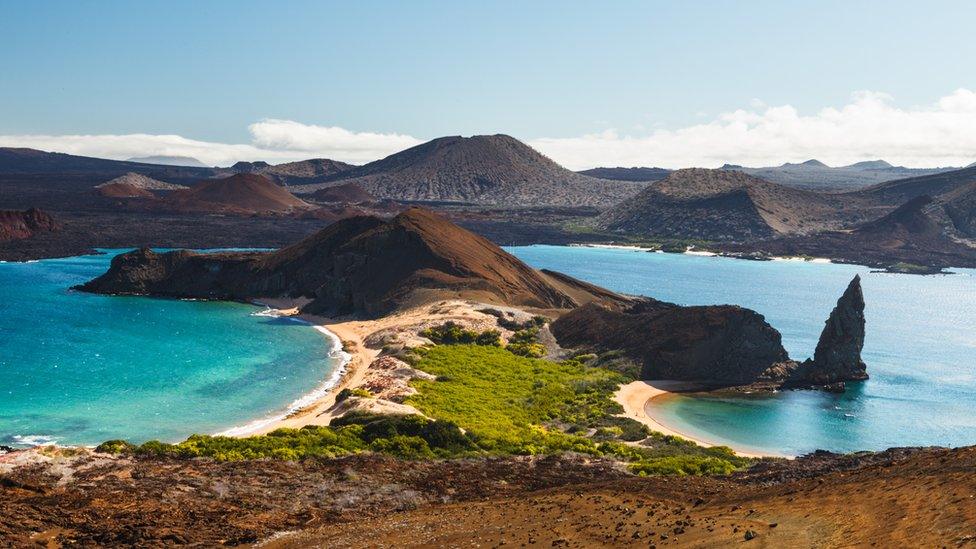
- Published11 January 2019
